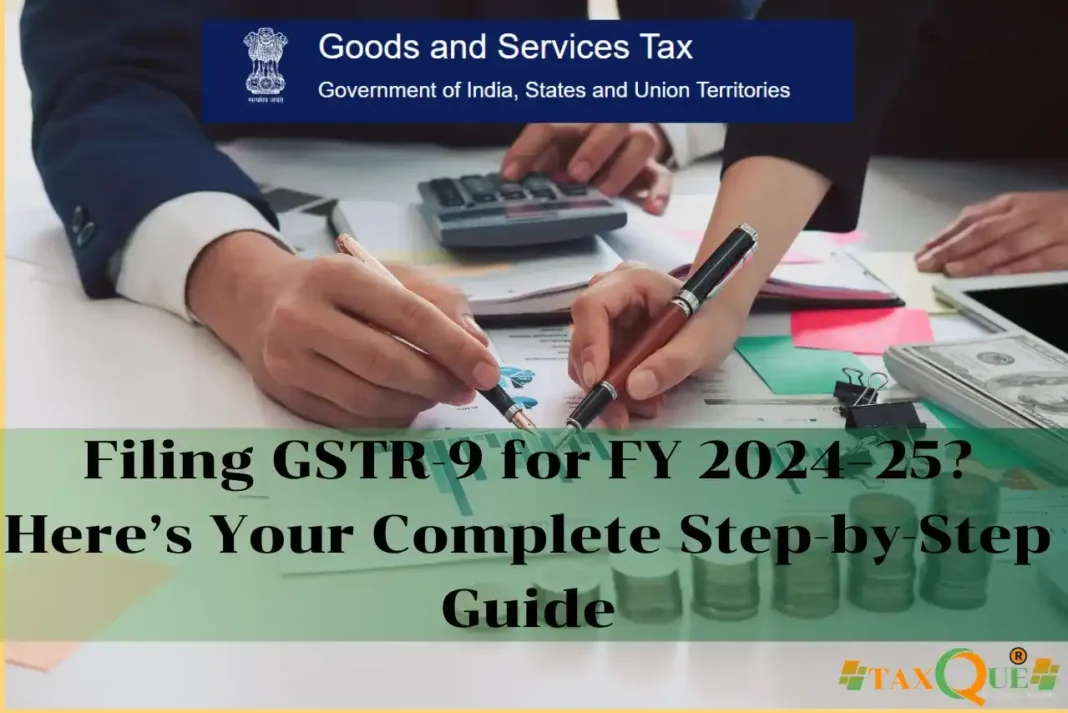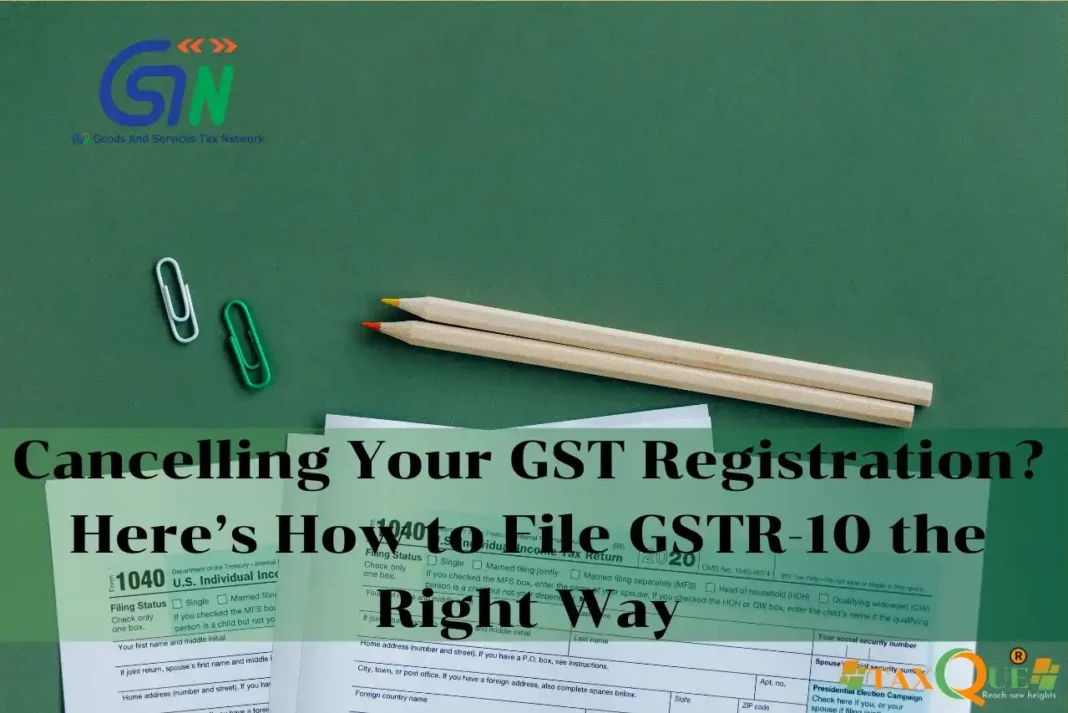Filing GSTR-4 as a Composition Dealer? Here’s Everything You Need to Know
Introduction
If you’re registered under the GST Composition Scheme, GSTR-4 is your annual return form. Unlike regular taxpayers who file monthly or quarterly returns, composition dealers only need to file GSTR-4 once a year. However, it’s crucial to get the filing right to maintain compliance and avoid penalties. This guide explains the entire GSTR-4 filing process, who needs to file, the due dates, and mistakes to avoid—especially relevant for small businesses under the simplified GST regime.
What is GSTR-4?
GSTR-4 is an annual return that must be filed by taxpayers who have opted for the Composition Scheme under GST. This form includes:
- Summary of outward supplies
- Inward supplies (auto-populated from GSTR-4A)
- Tax liability
- Tax paid and any late fees or interest
From FY 2019–20 onwards, GSTR-4 is to be filed annually instead of quarterly.
Why It Matters
- Mandatory compliance for composition dealers.
- Ensures correct declaration of tax liability and turnover.
- Helps avoid late filing penalties and interest.
- Ensures transparency with GST departments.
Step-by-Step Guide to File GSTR-4
Step 1: Log in to GST Portal
Visit www.gst.gov.in and log in using your credentials.
Step 2: Navigate to Returns Dashboard
Select the appropriate financial year and click on “Annual Return GSTR-4.”
Step 3: Review Auto-Populated Data
Inward supply details will be pre-filled from GSTR-4A. Verify and confirm these details.
Step 4: Enter Outward Supply Details
Manually fill in turnover from outward supplies (taxable and exempted), along with tax payable under the Composition Scheme.
Step 5: Provide Tax and Interest Details
Mention tax paid during the financial year via Form CMP-08 and include any interest or late fees.
Step 6: Preview the Return
Click on “Preview Draft GSTR-4” to review the form before submission.
Step 7: Submit and File
After verifying all entries, click “Submit” and then “File GSTR-4” using DSC or EVC.
Step 8: Download Acknowledgement
After successful filing, download the ARN and acknowledgment for your records.
Common Mistakes to Avoid
- Failing to reconcile GSTR-4A with your books.
- Missing deadlines leading to late fees.
- Incorrect reporting of turnover or tax liability.
- Not paying taxes via CMP-08 before filing GSTR-4.
- Filing without verifying the auto-populated data.
Conclusion
GSTR-4 filing is an essential annual obligation for all composition dealers under GST. Although it’s only required once a year, accuracy is key to maintaining compliance. By carefully reconciling data, verifying tax payments, and following this step-by-step guide, you can file your GSTR-4 smoothly and avoid costly penalties. Small businesses can stay stress-free by filing well before the deadline and keeping their GST records clean.
FAQs
Q1. Who must file GSTR-4?
All taxpayers registered under the Composition Scheme must file GSTR-4 annually.
Q2. What is the due date for GSTR-4?
April 30 of the financial year following the return period (e.g., FY 2024–25 is due by April 30, 2025).
Q3. Is GSTR-4 different from CMP-08?
Yes, CMP-08 is a quarterly statement for tax payment, while GSTR-4 is the annual return.
Q4. Can GSTR-4 be revised?
No, once filed, GSTR-4 cannot be revised.
Q5. What if I don’t file GSTR-4 on time?
Late filing attracts a late fee of ₹50 per day (₹20/day if Nil return), subject to a maximum cap.





